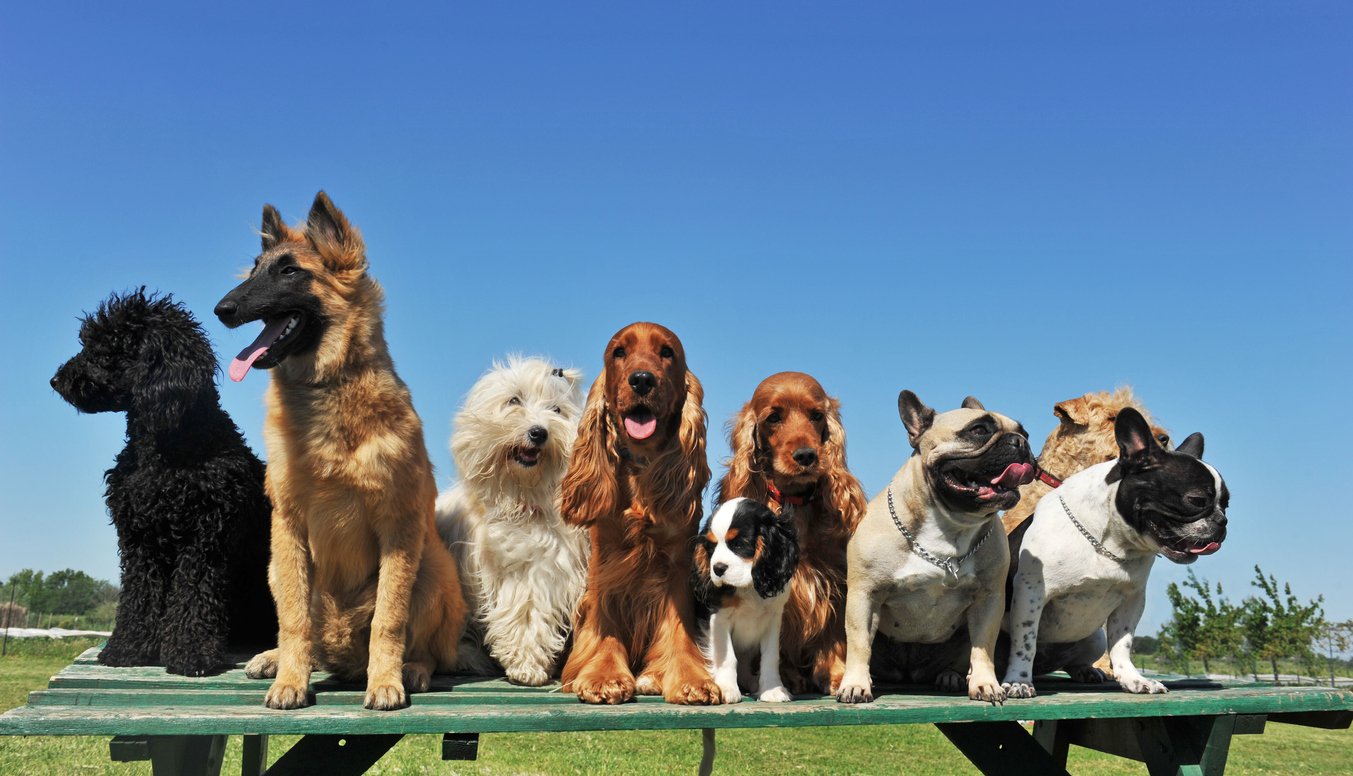Establishing a cattery requires meticulous planning to ensure the health, safety, and comfort of feline residents.
From cat enclosures to feeding stations, hygiene tools, and enrichment items, every aspect of your cattery's setup plays a crucial role in ensuring a smooth and successful operation. This guide will walk you through the essential equipment needed to maintain a high standard of care and create a stress-free environment for your feline guests!
Cat Housing Solutions
- Individual Enclosures: Provide spacious, secure, and comfortable individual units to prevent the spread of diseases and reduce stress among cats. Each enclosure should be easy to clean and disinfect, with materials like stainless steel or high-quality plastic being ideal choices. Ensure that enclosures are escape-proof, with sturdy locks and secure designs to prevent accidental escapes.
- Bedding and Rest Areas: Supply soft, clean bedding materials for a cozy resting environment. Options include washable blankets, cushioned mats, or specialized cat beds. Regular laundering of bedding is essential to maintain hygiene and comfort.
- Climbing Structures and Perches: Incorporate vertical space to cater to cats' natural climbing instincts. Cat trees, wall-mounted shelves, and perches provide opportunities for exercise and mental stimulation, contributing to overall well-being.
Feeding and Watering Equipment
- Food and Water Bowls: Use durable, easy-to-clean bowls, ensuring each cat has its own set to prevent cross-contamination. Stainless steel bowls are recommended due to their longevity and resistance to bacteria. Ensure bowls are appropriately sized and have non-slip bases to prevent spills.
- Automated Feeders and Waterers: Consider automated systems for consistent feeding schedules and fresh water supply. These devices can be programmed to dispense food at specific times, aiding in portion control and dietary management. Automatic waterers ensure a continuous supply of clean water, essential for hydration.
Litter Management Tools

- Litter Trays: Provide appropriately sized trays, with at least one per cat, plus spares. Options range from basic open trays to hooded designs that offer privacy. Ensure trays are made of materials that are easy to clean and disinfect.
- Scoops and Disposal Systems: Equip staff with scoops and sealed disposal bins to maintain hygiene. Regular scooping and proper waste disposal are crucial in preventing odors and maintaining a sanitary environment.
Cleaning and Sanitation Supplies
- Disinfectants and Cleaning Agents: Utilize pet-safe, effective cleaning solutions to sanitize enclosures and common areas. Regular cleaning protocols help prevent the spread of infectious diseases and ensure a healthy environment.
- Protective Gear: During cleaning routines, supply staff with gloves, aprons, and masks. Personal protective equipment (PPE) safeguards staff from potential hazards and reduces the risk of cross-contamination.
- Laundry Facilities: Install washing machines and dryers to clean bedding and towels regularly. High-capacity machines are beneficial for handling a cattery's frequent laundering needs.
Climate Control Systems
- Heating Solutions: Implement safe heating options, such as heated pads with protective covers, to maintain optimal temperatures. Ensure that heating elements are designed for pet use and have safety features to prevent overheating.
- Ventilation and Air Conditioning: Ensure proper air circulation and temperature regulation to provide a comfortable environment. Adequate ventilation helps control humidity and reduces the risk of respiratory issues. Air conditioning units should be appropriately sized for the facility to maintain consistent temperatures.
Security and Monitoring

- CCTV Cameras: Install surveillance systems to monitor cat areas and enhance security. High-definition cameras with night vision capabilities allow for continuous monitoring, ensuring the safety of feline residents.
- Secure Doors and Windows: Use robust locks and escape-proof designs to prevent accidental escapes. Regularly inspect and maintain all entry points to ensure they remain secure and in good working condition.
Health and Wellness Equipment
- First Aid Kits: Keep comprehensive kits readily available for immediate medical attention. Kits should include bandages, antiseptics, tweezers, and other essentials to address minor injuries or emergencies.
- Grooming Tools: Provide brushes, nail clippers, and other grooming essentials to maintain cat hygiene. Regular grooming sessions help monitor health and foster positive interactions between staff and cats.
- Isolation Units: Designate specific areas to house cats that are ill or require quarantine to prevent the spread of infections. Isolation units should be physically separated from general population areas and equipped with dedicated cleaning supplies.
Enrichment and Play

- Toys and Interactive Devices: Offer a variety of toys to stimulate mental and physical activity. Rotating toys regularly keeps the environment engaging and prevents boredom.
- Scratching Posts: Provide scratching posts to encourage natural behaviors and protect furniture. Various textures and designs can appeal to different preferences and encourage healthy scratching habits.
Administrative and Operational Tools
- Management Software: Utilize cattery management software to streamline bookings, records, and client communications. Digital systems enhance efficiency and accuracy in managing daily operations.
- Record-Keeping Systems: Maintain organized files for each cat, including health records and care instructions. Accurate documentation ensures personalized care and facilitates communication with pet parents.
- Communication Devices: Equip the facility with phones or intercom systems for efficient internal and external communication. Reliable communication tools are essential for coordinating staff activities and responding promptly to client inquiries.
Waste Disposal Systems
- Sealed Trash Bins: Proper waste management helps maintain hygiene in your cattery. When choosing a waste bin, look for features like foot pedals for hands-free operation and tight-fitting lids to contain odors.
- Regular Waste Removal Services: It's also important to create a regular emptying schedule to prevent buildup. A waste disposal plan should include scheduled waste collection services, composting options for biodegradable waste, and recycling bins for food packaging and cardboard.
 Investing in the right equipment is essential for the success of any cattery. By prioritizing comfort, safety, and efficiency, you can create a stress-free environment that meets both feline needs and pet parent expectations.
Investing in the right equipment is essential for the success of any cattery. By prioritizing comfort, safety, and efficiency, you can create a stress-free environment that meets both feline needs and pet parent expectations.
From housing and feeding to hygiene and enrichment, a well-equipped cattery fosters trust, enhances operations, and ensures a high standard of care. By integrating quality equipment and proper management tools, you’ll set your cattery up for long-term success while making the experience enjoyable for your furry guests and pet parents.
A successful cattery depends on more than equipment. Try Revelation Pets for free to see how we can help!







